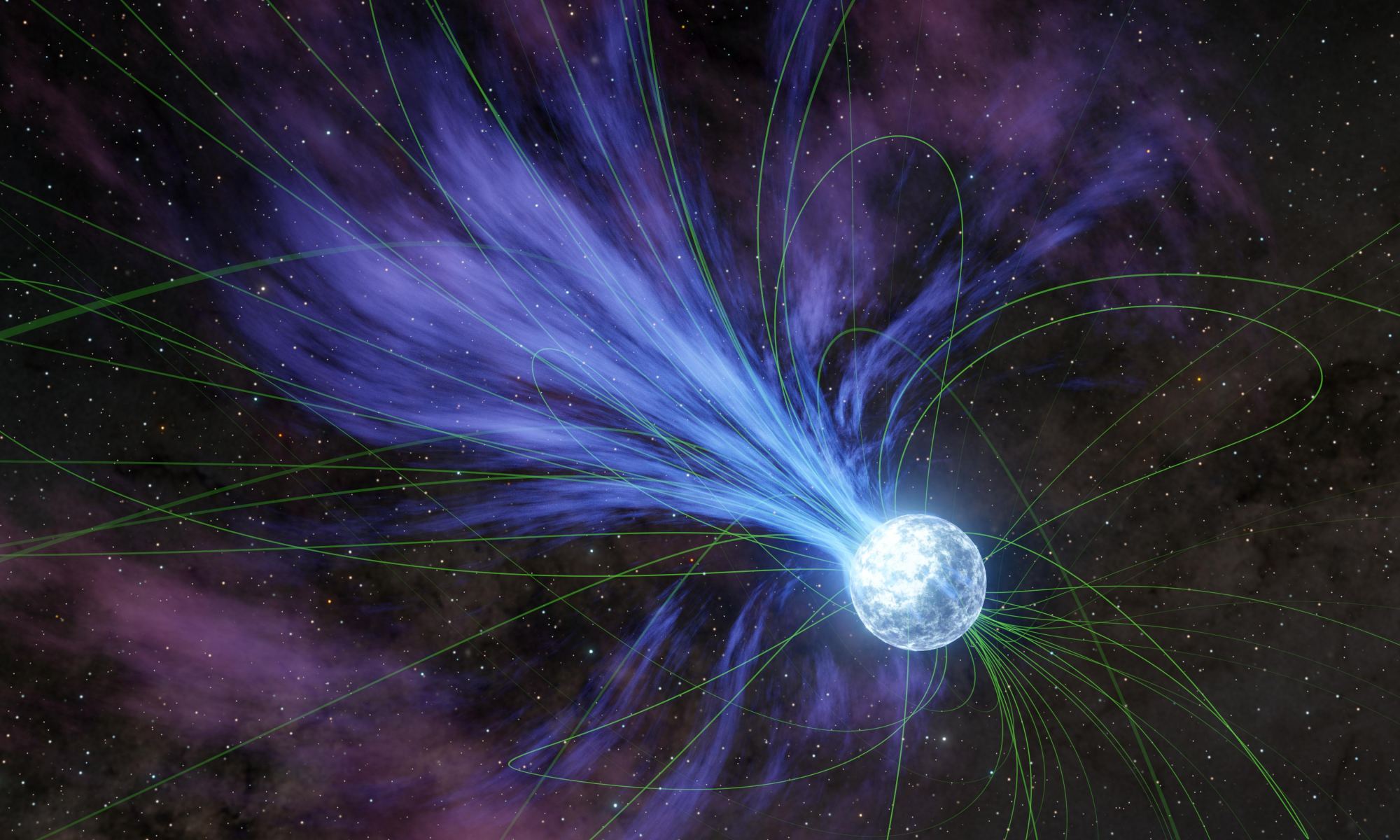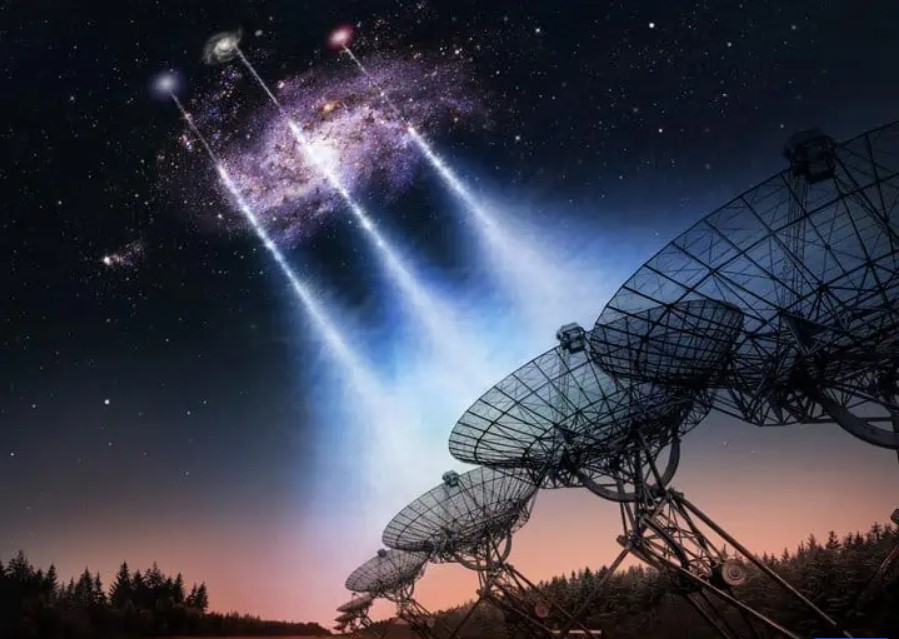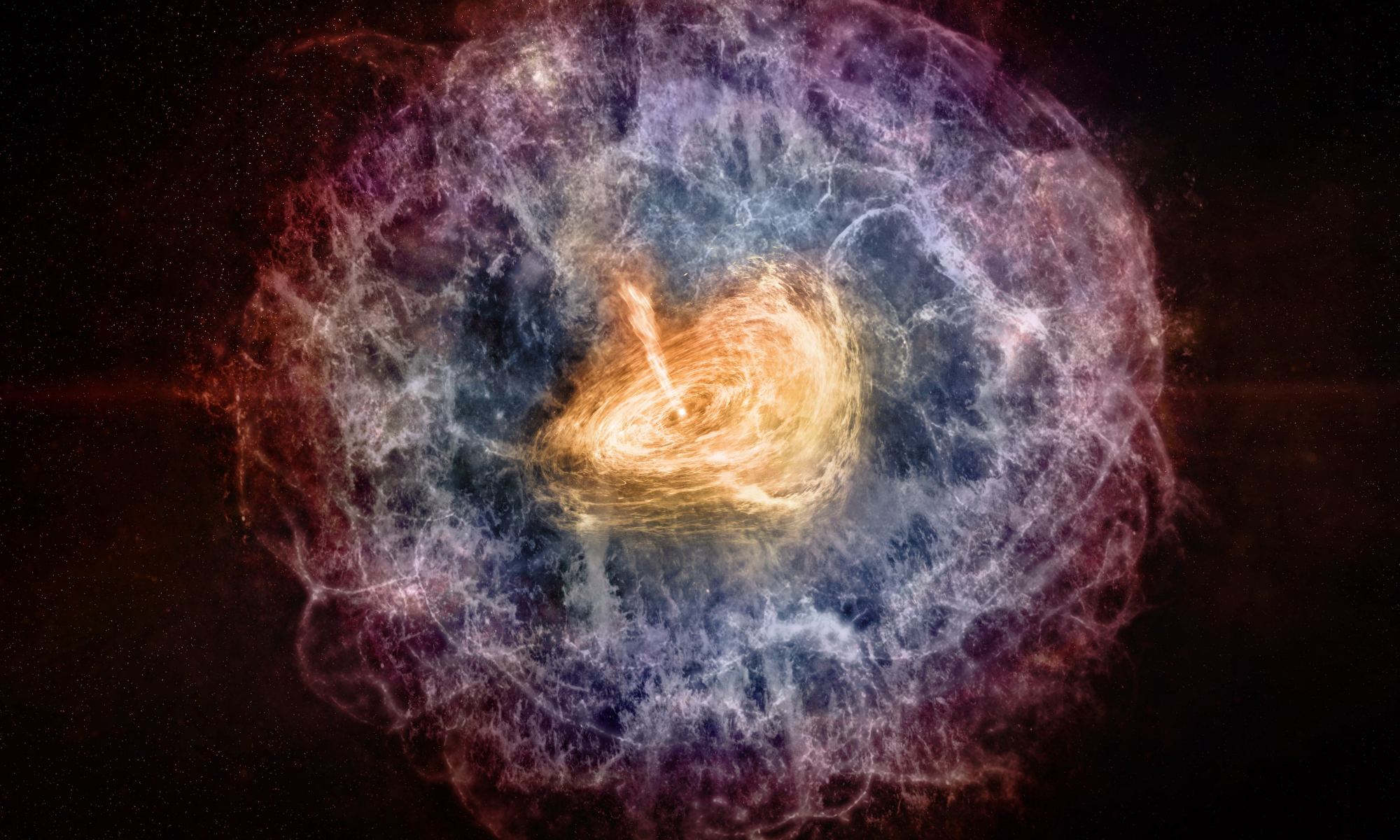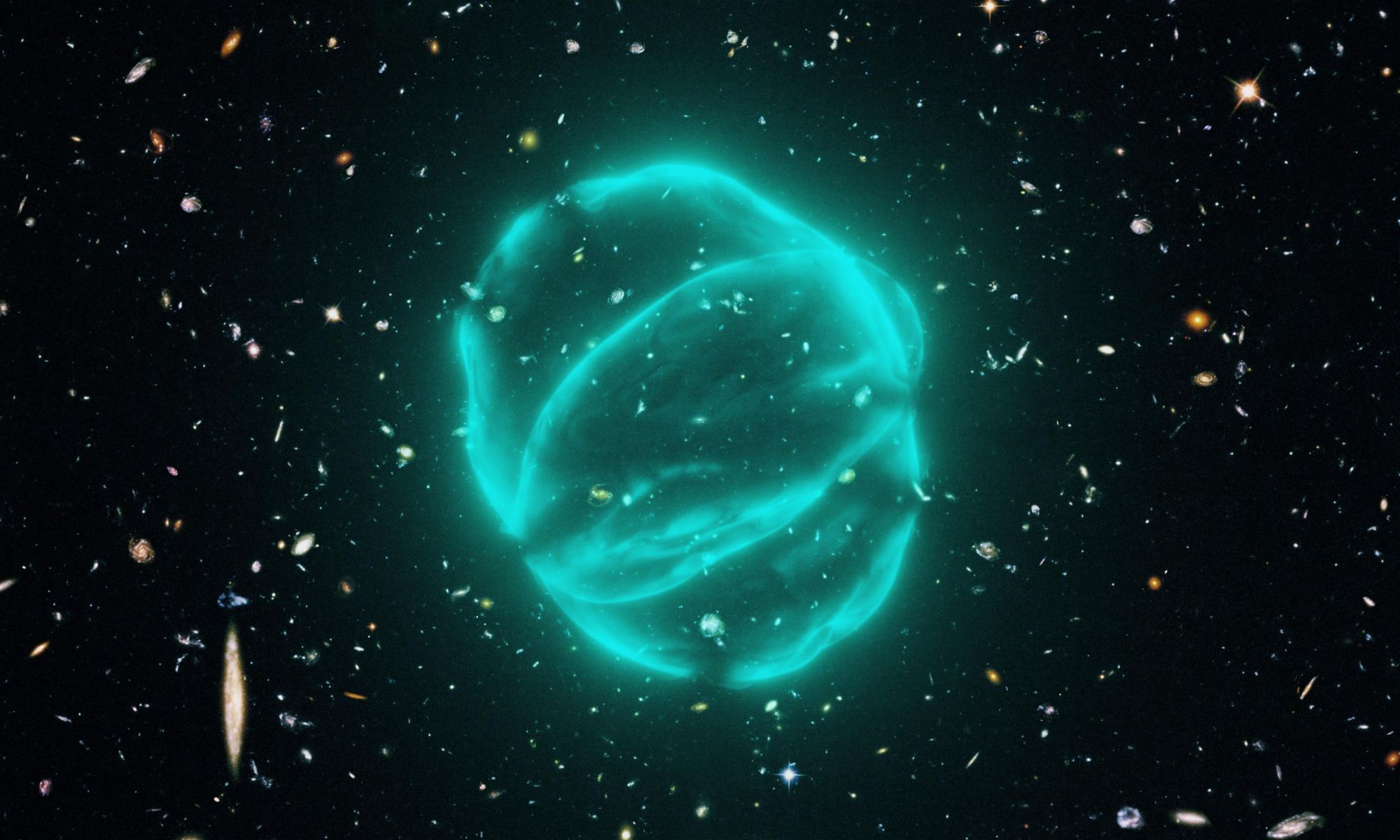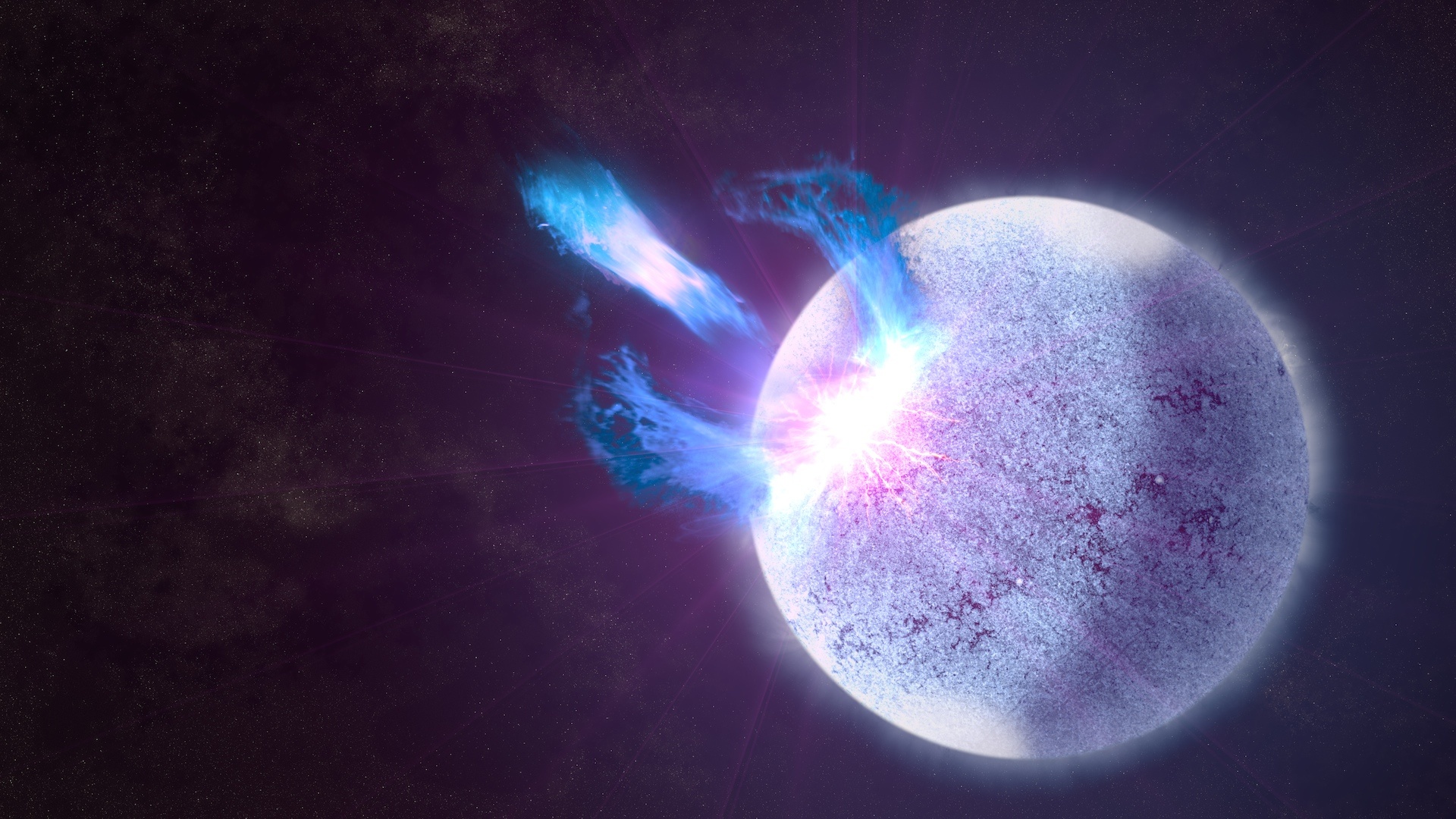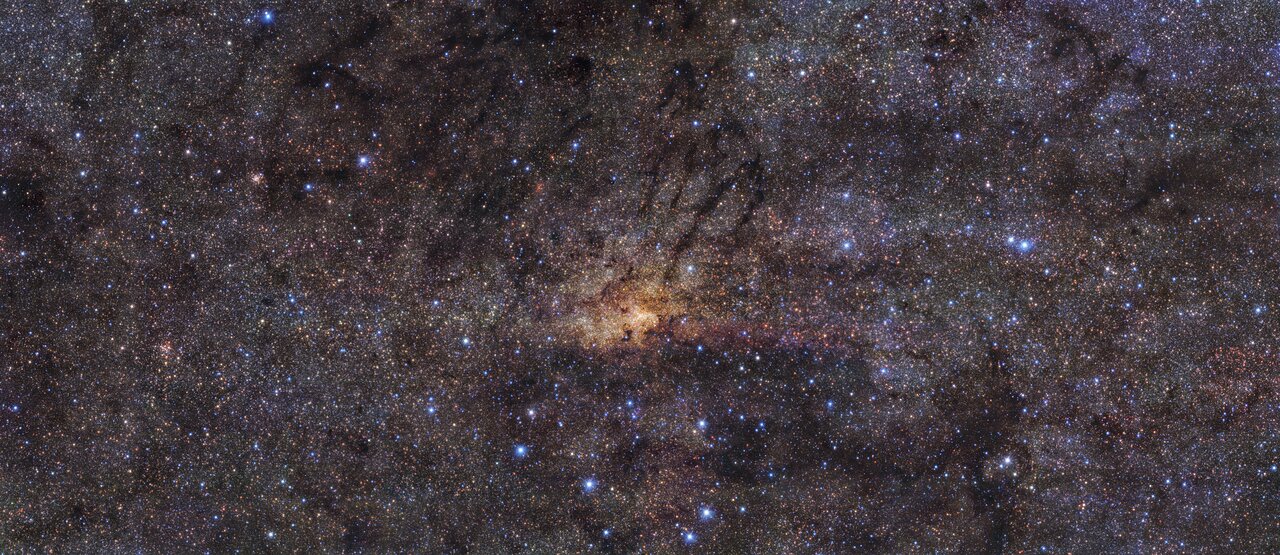Every now and then, astronomers will detect an odd kind of radio signal. So powerful it can outshine a galaxy, but lasting only milliseconds. They are known as fast radio bursts (FRBs). When they were first discovered a couple of decades ago, we had no idea what might cause them. We weren’t even sure if they were astronomical in origin. FRB’s were so localized and so short-lived, it was difficult to gather data on them. But with wide-field radio telescopes such as CHIME we can now observe FRBs regularly and have a pretty good idea of their source: magnetars.
Continue reading “Are Fast Radio Bursts Caused by Interstellar Objects Crashing Into Neutron Stars?”Are Fast Radio Bursts Caused by Interstellar Objects Crashing Into Neutron Stars?


